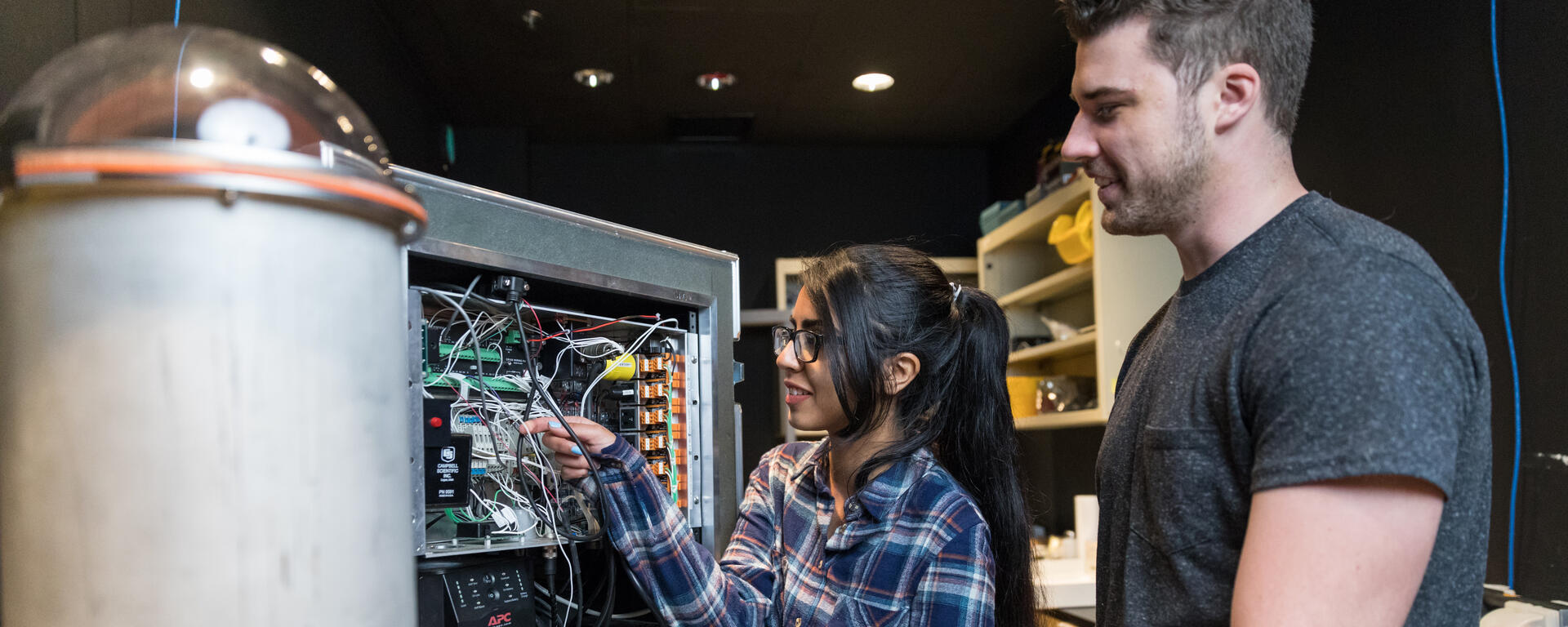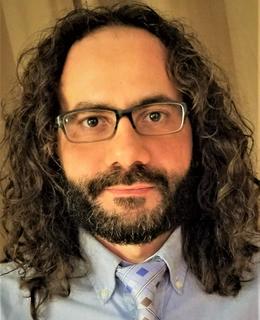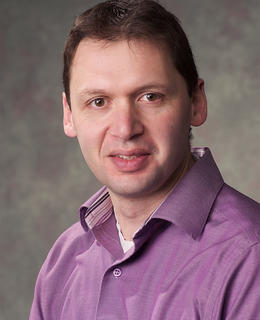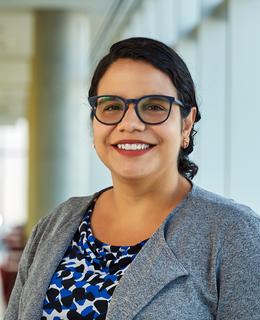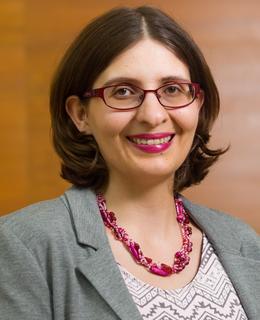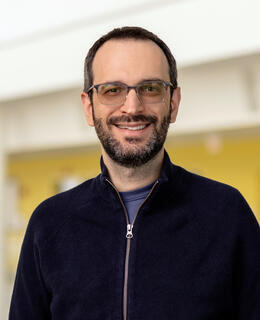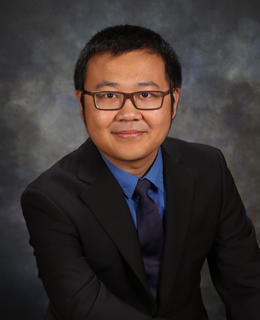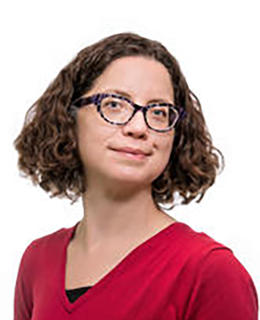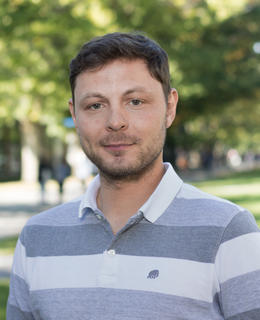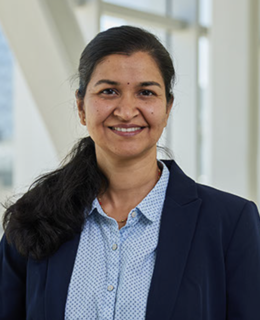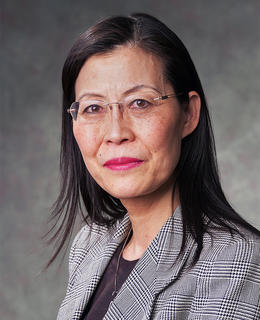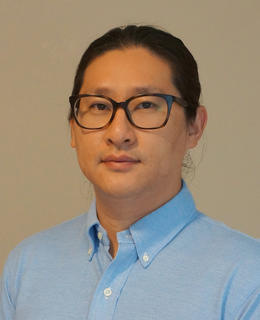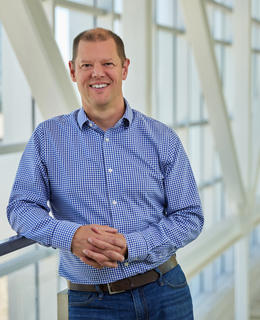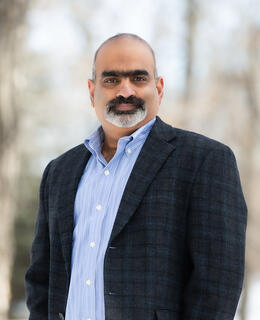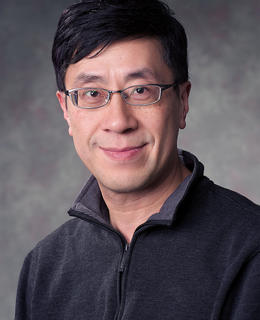Intelligent Software Systems
Intelligent Software Systems researchers are improving software development while expanding the ways in which software systems can serve health care, streamline transportation, support business, and increase cybersecurity.
Researchers are striving to:
- use artificial intelligence (AI) for applications ranging from modeling cancer treatment and assisting physicians in diagnosis to traffic management and driver assistance systems that warn drivers of upcoming problems on the roads
- facilitate intelligent data integration in business
- trim software development costs by deploying artificial intelligence and return on investment strategies to monitor software development.
- develop new and efficient techniques to train neural networks
- boost the social presence of extended reality agents, enabling the latter to be engaging patient assistants
- devise tools to put the security of home networks and personal devices in the hands of users
- develop ways to find malicious code in open-source software repositories.
Sustainable Energy Systems
ESE researchers aim to provide solutions to make sustainable energy widely available. Their innovations include:
- improved energy technologies, such as microgrids, drive systems for electric vehicles and power electronics that can control and efficiently utilize fluctuating inputs from sustainable sources, ensuring a steady supply of power
- operation and planning of power systems in presence of uncertainty
- AI for detecting and mitigating threats to cyberphysical systems, connecting sustainable energy to the grid, and forecasting demand
- modelling hybrid systems that work with a community’s natural resources, like solar, hydro, or wave power, to ease transition away from greenhouse-gas-emitting fuel.
Technologies for One Health
ESE researchers develop innovative new biomedical diagnostic and treatment technologies, ensuring that these technologies are ethically developed and serve all sectors of the population.
Technologies that ESE faculty members are creating include:
- advanced sensing and imaging technologies to detect and treat tumours, measure hydration levels, determine pH, test for gluten, detect electrical activity and biomarkers in the brain, and reduce patient wait times.
- microfluidics technology in lab-on-chip devices and microneedle arrays that remove the pain of injection
- fair and responsible AI and ML models to enable non-discriminatory diagnosis and the large databases required for testing these methods
- data science to connect people struggling with homelessness and addiction with resources and support.
Hyperconnected World
The Hyperconnected World consists of the sensing devices, communication networks, algorithms, and data analytics required to ensure that people are connected, safe, and well-served by the networks and devices. Research in this theme is multi faceted and includes:
- improving the wireless networks that connect people, enable autonomous vehicles to navigate and communicate, and operate the innumerable devices in the Internet of Things;
- development of more capable and secure integrated circuits for radio-frequency/microwave sensors, quantum systems, medical and agriculture-focused devices;
- improving the capabilities of edge computing, decreasing network energy consumption, and ensuring privacy through federated learning; and
- improving the security of cyber-physical systems.
Engineering Education and Knowledge Translation
Our students are provided with strong technical foundations, encouraging creativity and problem solving through hands-on experiences and continual innovation in our educational programming. ESE faculty members share their innovations in the classroom with the educational community. ESE faculty members are also involved in start-up companies, support entrepreneurship, and strive to create a diverse, inclusive, equitable and just society by training women and other underrepresented groups in STEM to be change leaders equipped to address the major, shared challenges our societies face.

